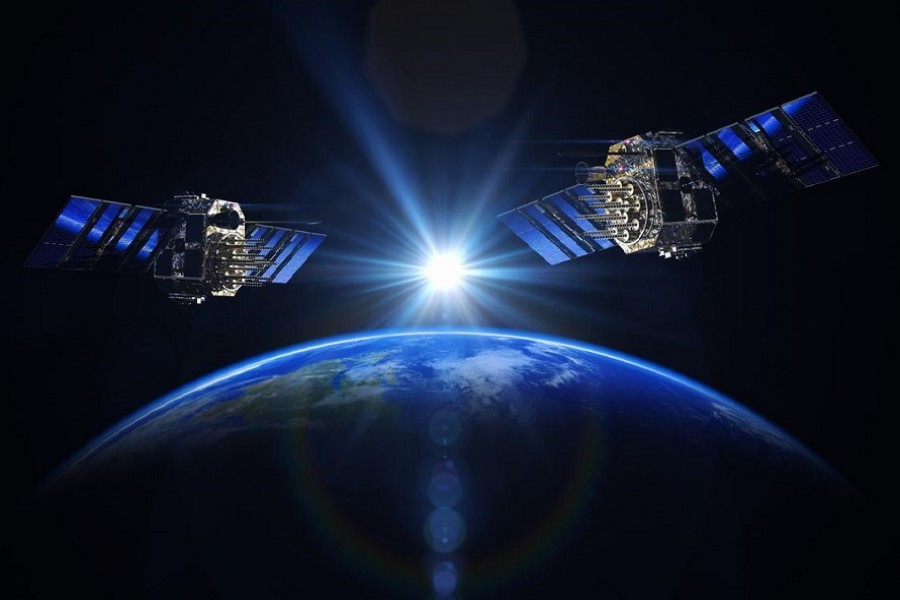The 2030 Agenda for Sustainable Development aims to transform the world and is full of transformative commitments. The commitment to "promote transparent and accountable scaling-up of appropriate public-private cooperation to exploit the contribution to be made by a wide range of data, including earth observation and geospatial information, while ensuring national ownership in supporting and tracking progress," in particular, excites Earth Observation and statistical communities across the world.
This commitment features cooperation and data in pursuit of tracking progress towards the Sustainable Development Goals (SDGs) of the 2030 Agenda through national ownership. Yet national examples of the use of Earth Observation data to support and track progress are still limited, not widely known, or transparent.
A recent study by the UN Economic and Social Commission for Asia and the Pacific (ESCAP), Committee of Experts on Global Geospatial Information Management (UN GGIM), and the intergovernmental Group on Earth Observations (GEO) found experts have identified 39 global SDG indicators which could benefit from Earth Observation and geospatial information. Still, national examples could only be found for 18 of the 39, less than half. Even more telling is that national examples came from just 22 countries, a little over 10 per cent of the 193 countries that adopted the 2030 Agenda in 2015.
To promote transparency, the 13th Asia-Oceanic Group on Earth Observations (AOGEO) Symposium held in March 2021 invited four countries to share their experiences.
Japan is tracking the progress of five SDG indicators with Earth Observation data and has plans for a further four. Malaysia is tracking progress on statistical capacity building (SDG indicator 17.19.2) as rubber plantations in compiling SDG indicator 2.4.1. Mongolia is experimenting with the use of Earth Observations data to track progress with access to all-season roads (9.1.1). Meanwhile in the Pacific, Fiji is using Earth Observation data to address sustainable land and ocean resource issues, including sea-level rise and climate change as part of SDGs 2, 11, and 15.
These nationally owned examples highlighted that cooperation was essential, but more is needed. Cooperation featured in each of the examples between the statistical community and space agencies, the UN Development System, National Cartographic Agencies, and academia. A key outcome from the Symposium was recognition of the need to further strengthen cooperation between the UN Development System and GEO to strengthen national capacities to exploit Earth Observation data for tracking progress towards the 2030 Agenda.
Mr. Osamu Ochiai, Manager of Satellite Application and Operation Center of the Japan Aerospace Exploration Agency, JAXA, and co-host of the session, stressed the importance of sharing examples and guidance of what is possible by promoting active communication.
The Asia-Pacific region partnership is just one of many partnerships monitoring progress of the 2030 Agenda. The UN-GGIM Asia-Pacific Working Group on Integrating Statistical and Geospatial Information and the global UN-GGIM Expert Group on the Integration of Statistical and Geospatial Information are two such mechanisms for successfully promoting cooperation and the use of Earth Observation data for tracking progress.
The 2030 Agenda aims to transform the world. It is our opportunity to transform cooperation between statistical and geospatial communities and to transform the use of a wide variety of data for tracking progress of the Agenda. As we embark on the Decade of Action for the SDGs, let us remember what we have committed to and move forward, fast and together, for a better world and better future for all.
Gemma Van Halderen is Director at Statistics Division, ESCAP. www.unescap.org.blog


